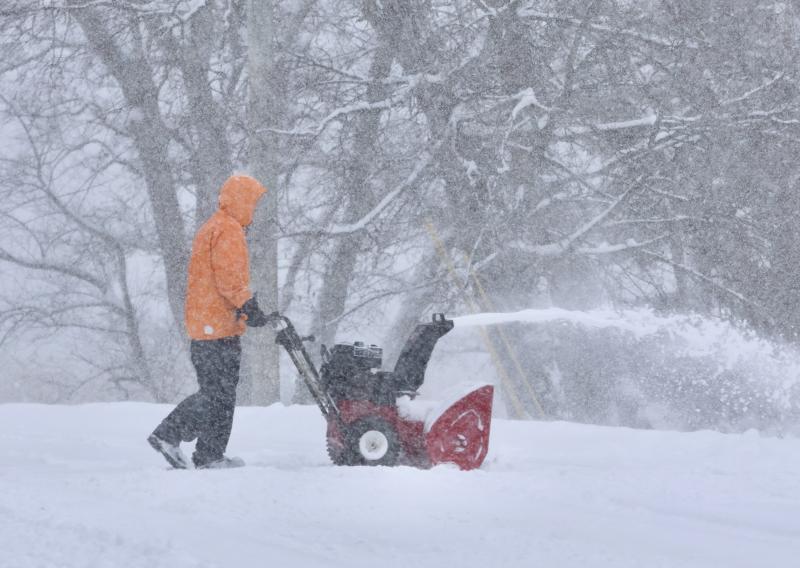Chainsaws, generators, snow throwers, utility-type vehicles, water pumps and other types of outdoor power equipment can help home and business owners maintain properties and clean up after storms or weather-related emergencies. A handy resource for home and business owners is WeatherItBetter.com, the Outdoor Power Equipment Institute’s hub for storm preparation, safe equipment usage tips and checklists to help them prepare in advance for weather extremes.
“Bad weather can hit anytime, anywhere, so plan for it,” said Kris Kiser, OPEI president and CEO. “With any weather event, like hurricanes, snow and ice, we usually know they’re coming. Get fresh fuel, charge batteries, and test outdoor power equipment in advance so you’re powered up and ready to use it. If the power goes out, you can’t get those things easily.”
In particular, says OPEI, when using a portable generator, homeowners should make sure they have weather-approved extension cords that keep it a safe distance from the house and check to ensure users follow all manufacturer’s guidelines.
Kiser said storm preparation boils down to thinking strategically about what equipment is needed. “Our industry is constantly evolving and innovating, and there’s a lot of equipment on the market today that can make big jobs easier, to help you weather it better when storms hit,” Kiser said. “But you need to have the right equipment on hand before damaging weather hits.”
When the power goes out, a generator can keep the lights on and phones charged. A utility-type vehicle can move people and supplies quickly, and a water pump can get flood waters out of basements and other spaces. String trimmers, leaf blowers and mowers can remove combustible material from around a structure. Chainsaws and pole pruners can take down dead limbs, and trim trees and bushes.
Safety first is the most important guideline when using outdoor power equipment to clean up after any weather event. That means wearing safety gear and carefully following manufacturer’s directions.
“It’s important to ensure everyone who uses equipment knows and follows all safety procedures,” said Kiser.
Find safety tips, checklists and more at WeatherItBetter.com.
















































